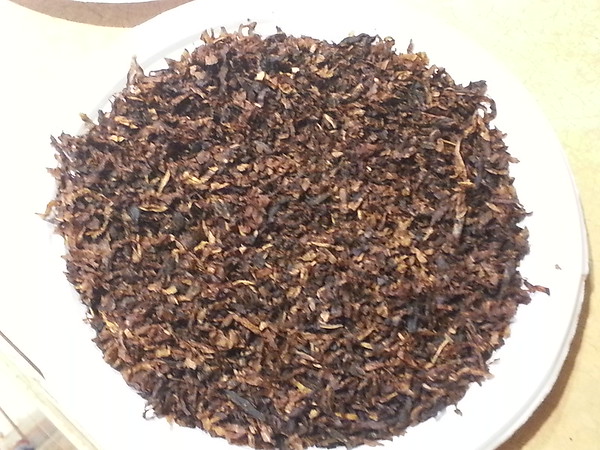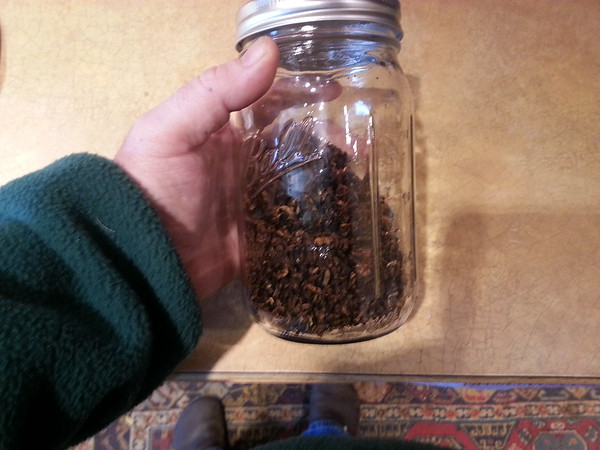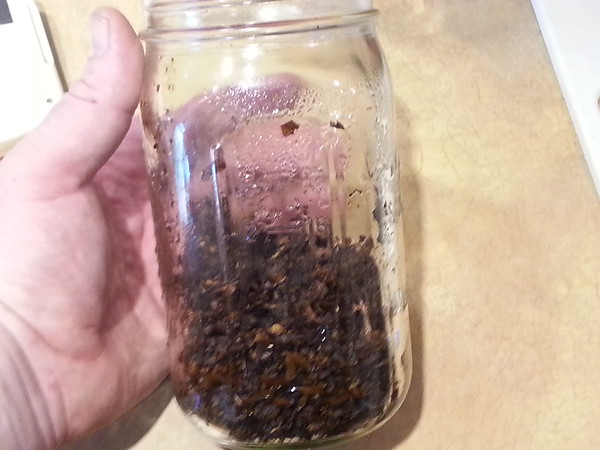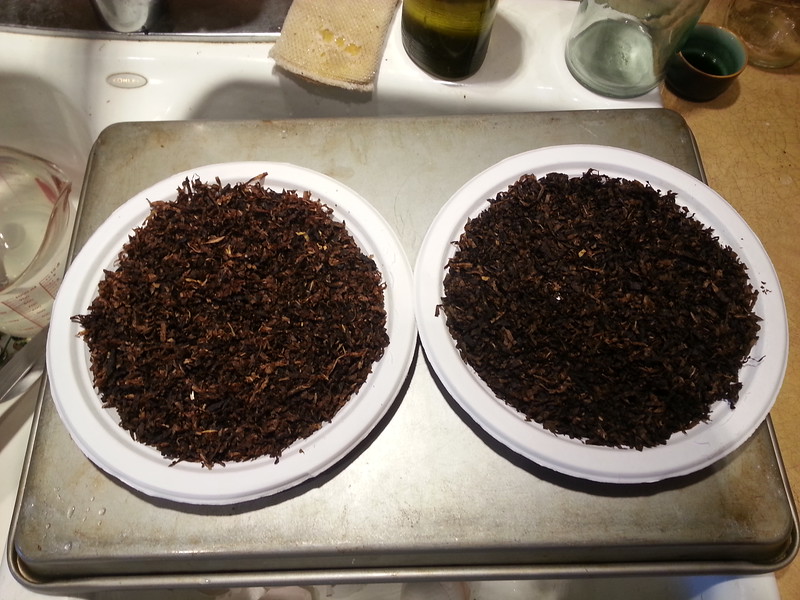LOL
The 'Big Boy of Bad Breath Beaters'!
The 'Big Boy of Bad Breath Beaters'!

Do you live ON the coast? I've smoked 5100 RC for a few decades and NEVER had it as moist as you claim !! It's always ready to smoke when i get it and have NEVER had problems loading, packing or lighting or keeping it lit at all as it comes from my retailer !! How dry do you want it to be to smoke ? :twisted: :twisted:DireWolf":5swjr17t said:I have had 4 oz of #5100 Red Cake split on two paper plates for about a week.
And it's not even close to what I would call "dry". Closer to maybe 70-80% of it's moisture right out of the bag.

NW Oregon, but I have dried out things crispy before. We have been unseasonably warm and rainless for a record time now.Ozark Wizard":uaxks780 said:Hate to say it, but it sounds like PG to me.....
Unless you have high humidity.




Ah yazz, guess I forgot about the intent. My bad, no harm no foul....DireWolf":510g4qbd said:Again - I am not having issues smoking it with no dry time.
Per the thread, I am trying to dry it out enough to try out rum and whiskey toppings.
Take it to the dry side, add the juice, let the alcohol dissipate a bit, and pack tight for a few months.
No worries.Brewdude":dgryq6k3 said:Ah yazz, guess I forgot about the intent. My bad, no harm no foul....
Cheers,
RR



